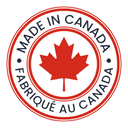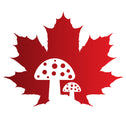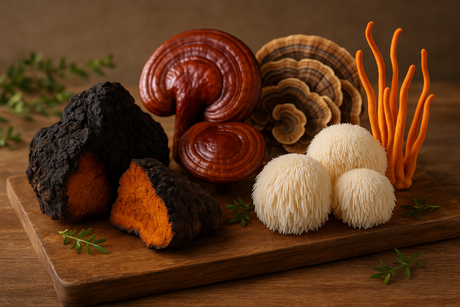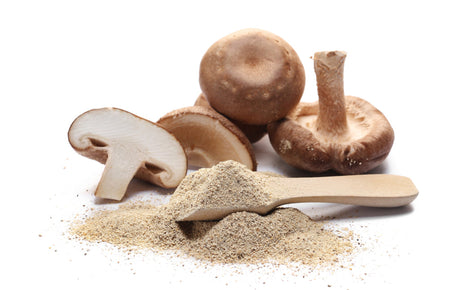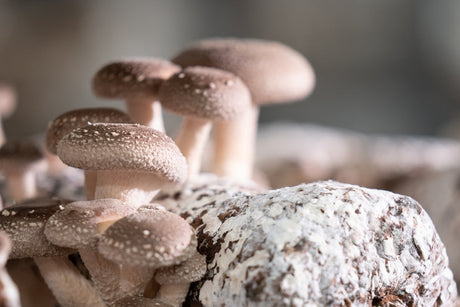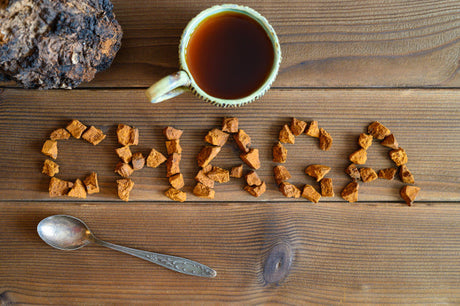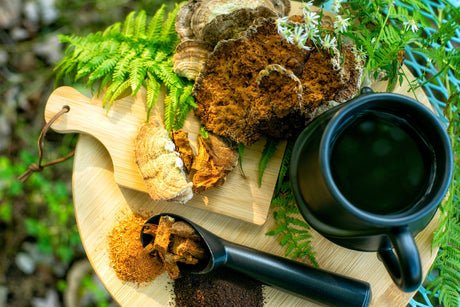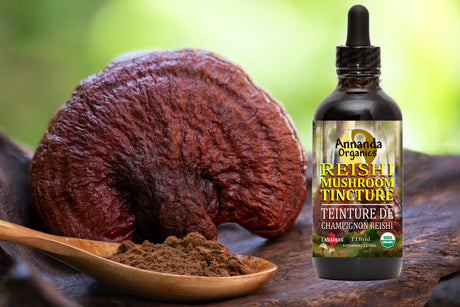The Two Sides of Chaga
The medicinal mushroom inonotus obliquus has a rich history of medical use by local populations.
Chaga Mushrooms have been known to improve the immune response, lower blood sugar levels and combat abnormal cell growth. Chaga is also anti-inflammatory, anti-viral, relieves pain and purifies the blood and the liver.
Chaga Mushrooms are a powerful adaptogen to aid in the immune system's ability to heal and multitask on so many levels. The Chaga Mushroom is an amazing fungus that supports our health and well being.
Today, the anti cancer properties of chaga are one of its key beneficial effects. Further clinical research is needed, however glucan and triterpenoid profiling show I. obliquus as a promising antitumor agent.
A Google trend analysis reveals that interest in the search term 'chaga' has steadily risen over the past ten years. Reaching a maximum world wide interest of 100 percent in March 2020 during the first wave of COVID-19.

As a result there has been a flood of chaga health products including over 4,000 products listed on Amazon alone. The majority of which are produced by wild harvested conk mass.
Mass harvesting of any organism before it has a chance to reproduce raises serious concerns for the survival of the species.
We've seen this before with Cordyceps, where overharvesting has dramatically affected both the distribution and the size of the population.
There now exists an urgent need to understand the implications of overharvesting on the wild populations of chaga mushroom.
Overharvesting Chaga
Despite growing interest in Chaga there has been few attempts to study the ecological impact of increased harvesting of the species.

Wild chaga grows for decades in the northern hemisphere before it reproduces only once during its life cycle. The ease in which chaga can be harvested before it can reproduce creates a serious threat.
In 2004 there was a study (Plitz.D) done on the sustainability of chaga. However, it failed to consider the current unprecedented demand or take into account the full life cycle of I. obliquus.
There is now widespread harvesting of an organism in which we know very little about. With disregard to the relationships between natural resources and long term ecological impact of the species.
 Over harvesting Chaga in Russia
Over harvesting Chaga in Russia
Proper Harvesting
Education on proper harvesting techniques becomes critical in safeguarding the survival of the species. Both for birch trees and for chaga.
Chaga covers the birch tree's wound and protects it from invading microorganisms. The birch tree and Chaga can co-exist for many years. Allowing the mushroom to be harvested up to three times over the course of its lifetime.
Given its long lifespan promoting how to harvest chaga properly becomes critical.
Mushroom Misappropriation
When discussing chaga one often discludes conservation of its host. It is commonly understood that chaga grows on the birch tree and is chaga's preferred host. (Sinclair et al, 2005) (Brydon-Williams, 2019)
However, chaga is occasionally encountered in alders, beech, oaks and poplar trees.
When harvesting Chaga one does so for the medicinal benefits; which originate from the host. To date there is no way to identify as to what tree the 'chaga' has been harvested from. This poses additional concerns for other tree species as well.
Consumer Alert: The list of purported benefits chaga has to offer are largely negated if the chaga comes from a speces other than birch. Seeking certified organic chaga is one way to validate authenticity.

Often fungal species like birch polypores are misrepresented as chaga.
A surprising number of websites depict 'chaga' with photo's of the birch polypore piptoporus betulinus or fomes fomentarius the birch tinder conk
Cultivating Chaga
One possible solution lies in the concept of cultivating chaga.
Currently products derived from cultivated chaga are inferior. They do not contain the same compounds found in the wild harvested sterile conk.
Cultivation of chaga by inoculating live mature trees with mycelium has proven successful. Producing harvestable Chaga in 3 years. However, this falls short for commercial harvesting operations as long periods between harvest render the process unprofitable.
Cultivation by inoculating existing healthy trees also poses a threat to existing ecosystems and may have unintended consequences.
Standard practices in commercial harvesting would include ways to aid cultivation. Including rapid growth by improved strain selection. Introducing an enhanced strain of parasitic fungus designed to rapidly infect mature trees poses a new environmental threat.
A more ecologically friendly solution, and one that benefits the framework for commercial harvesting, is indoor cultivation of I. obliquus.
Strains designed for indoor cultivation similar to other mushrooms like Reishi, Turkey Tail and Lion's Mane which are used today.
Improved development of cultivated strains of chaga could eventually lead to market acceptable of cultivated products.
Conservation of Chaga | Call for Action
There is a need to further assess the threat of overharvesting chaga mushroom inonotus obliquus. And to investigate the impact on wild populations.
- Advances in cultivation techniques can safeguard the wild population.
- Education within large scale harvesting operations.
- Encourage 3rd party certification and food safety standards
- Promote sustainable harvesting which observes the reproductive stage.
- Research to determine existing populations and the effects of harvesting on the species and ecosystem
- Legislation to protect against over harvesting until population can be measured
Chaga has a very long life cycle and only one opportunity to reproduce. Harvesting before the reproductive stage combined with a lack of knowledge creates the potential for serious damage to be done.
Courtesy of Thoma & al., 2020 Sydowia: Chaga (Inonotus obliquus): a medical marvel but a conservation dilemma?
2004, David Pilz, Forestry Mycologist at Oregon State University

